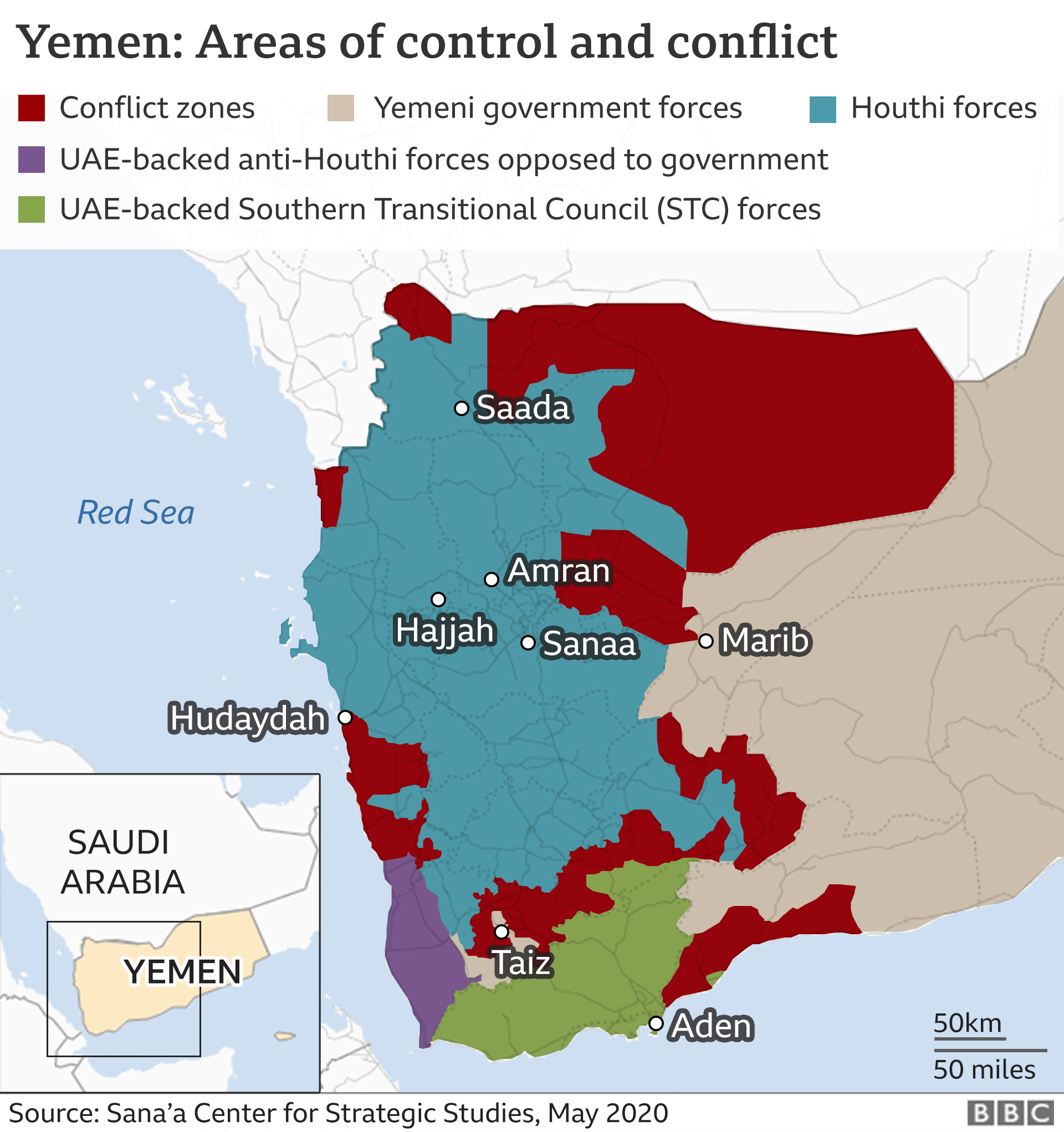The Humanitarian Crisis In Yemen – Explained
Written by Samiha Chawla, a grade 11 student.
emen – a country located at the southern end of the Arabian Peninsula – is one of the poorest countries in the world. It has been destroyed by a bloody civil war that began in 2015 (a civil war is an internal war, within a country, mostly when people rebel against the government in power)….
Written by Samiha Chawla, a grade 11 student
Yemen – a country located at the southern end of the Arabian Peninsula – is one of the poorest countries in the world. It has been destroyed by a bloody civil war that began in 2015 (civil war is an internal war, within a country, mostly when people rebel against the government in power).
The United Nations – an intergovernmental organization that maintains international peace and security, – has said that Yemen is one of the worst humanitarian crisis on the planet.

What’s it about and how did it all start?
Yemen went from being the heart of ancient Arabia to one of the poorest countries in the Gulf. One of the Middle East’s bloodiest conflicts is also one of its most overlooked. The conflict has been going on for years, but it became extremely violent in March 2015 due to the involvement of Saudi-Led Coalition.
However, what’s going on today can be better understood in light of the Arab Spring – which was a series of pro-democracy protests that took place in many Muslin nations around the Arabian Peninsula in 2011.
Here’s a quick backstory to Yemen’s conflict (it’s not confusing – stay with us)
Yemen had an authoritarian (like a dictator) leader called Ali Abdullah Saleh. During the Arab Spring, he was forced to step down and hand over power to his deputy – Abdrabbuh Mansour Hadi after a big uprising. However, it was not so easy for Mr. Hadi to rule afterward. A lot of people wanted him out too – and there was internal fighting again among many groups – one side was loyal to Mr. Saleh (called Houthis) and the other side wanted Mr. Hadi. This forced Mr. Hadi to flee (run away from) the country.
This is when Saudi Arabia and some other states got together and tried to fix the internal fighting – they supported Mr. Hadi and brought him back to power.
However, when the Saudi coalition came in to, so-called, fix the problems – they said it would last only a few weeks. However, the conflict is still going on. The Houthis continue to launch missiles and attacks on Saudi Arabia. All this fighting has left the country poor and people are now starving,
That Was the Story in Short – Here it is in Detail
This is how the Arab Spring began:
In December 2010, a working-class vendor was publicly harassed and humiliated by the police in Tunisia (Tunisia is a country in the Arabic region of North Africa). His complaints were not acknowledged by the local officials and thus, he set himself on fire while standing in front of the government office. This sparked a revolutionary sentiment among the citizens which in turn led to the uprising of The Arab Spring. It began in Tunisia under the corrupt rule of President Zine El Abidine Ben Ali. Social media played a major role in the spread of the protests. The Tunisian President fled away. Other countries were also inspired by the protests. The movement reached Yemen by January 2011. Yemenis wanted a change, too. Their President, Ali Abdullah Saleh, was forced to hand over power to his deputy Abdrabbuh Mansur Hadi.
Yemen under its new president
Mr. Hadi was unable to deal with a variety of problems. Some of these problems included massive unemployment, food insecurity, and corruption. The failure of the political transition to Hadi was also marked by suicide bombings and attacks. People were very unhappy about it as they continued to suffer. All of this sparked up a war with the Houthis (Shia Muslim Minority) and people loyal to Saleh on one side and forces loyal to the new Hadi government on the other side. In 2014, Yemen’s capital Sanaa was taken over by the Houthis and their former President. Hadi was forced to flee to Saudi Arabia.
Saudi-led coalition
The Saudi-Led Coalition is an operation started by Saudi Arabia and other Sunni-majority nations. The objectives of this operation are to bring Hadi back to power in Yemen, to curtail the influence of Iran over the country and protect Saudi Arabia’s southern borders. There are various other countries that are supporting this military alliance by providing weapons, intelligence and logistics. There have been a relentless number of airstrikes in Yemen. Civilians are bearing the brunt of this war. Many of them have died. Various hospitals and schools have also been bombed.
The UN has said that till September 2019, 7,500 civilians had died, largely due to the Saudi-coalition airstrikes. However, many believe that the death toll is much higher. The US data says more than 100,000 deaths have taken place. Many more have died due to mass starvation and inadequate sanitation.

Source – the BBC
5 years of war- famine in Yemen
All these years of civil war have led to a famine in Yemen and Houthis are to be blamed for it. They stole food and resold aids to fund the war. Millions of people are food insecure and many of them have died of starvation.
Covid-19
The virus of international concern has added to the problems. All the healthcare centers have been destroyed in the war. There is a bereft of healthcare workers. There have been 553 deaths in Yemen due to this virus. The rapid spread of this deadly virus will make the situation even worse.



Comments